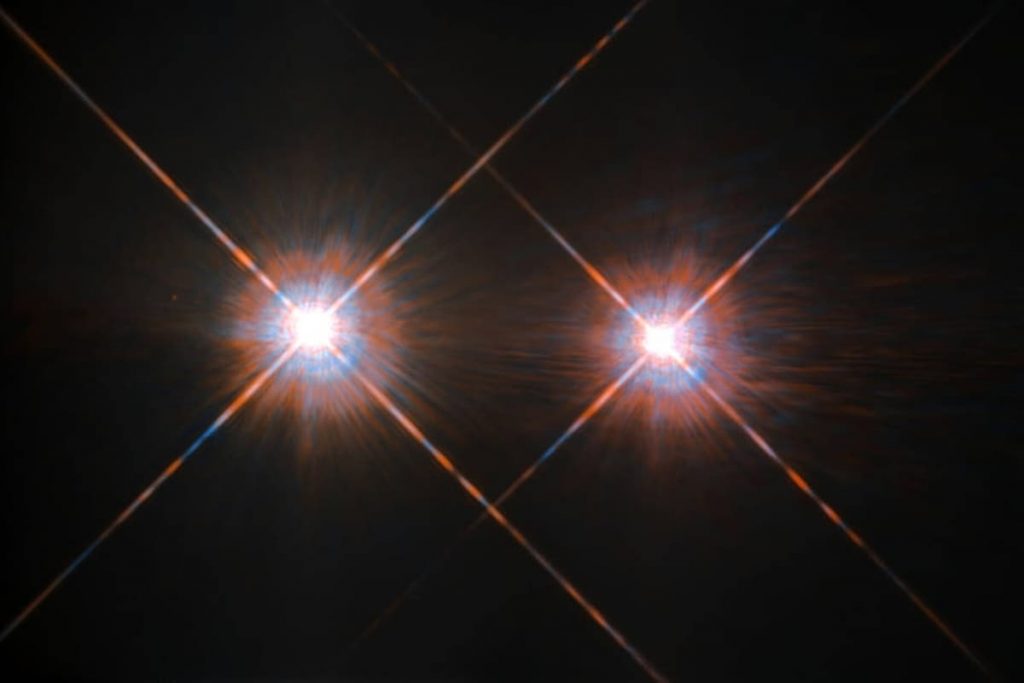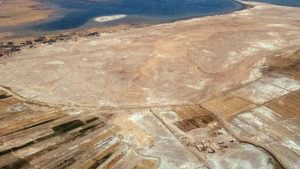NASA Launches First of Three Rockets to Investigate Alpha Centauri, Study Habitable Star Conditions
The National Aeronautics and Space Administration (NASA) has successfully launched the first of three rockets that will be heading to the stars Alpha Centauri A and B. The X-ray Quantum Calorimeter (XQC) mission was launched on June 26 from Australia. It is the first NASA mission launched from a commercial facility outside the US. With two more launches to follow, the…

NASA recently launched the first of three rockets headed to the stars Alpha Centauri A and B — the two stars closest to our solar system. Launched from Australia on June 26, the X-ray Quantum Calorimeter (XQC) mission is the first to be launched from a commercial facility outside the US. The first rocket will be followed by two more rockets that will “conduct astrophysics studies that can only be done from the southern hemisphere” and study how light from stars affects the formation of life in the universe, according to the space agency.
The main objective of the missions is to understand the role that light from stars plays in the formation of life in the universe. Built by the University of Wisconsin-Madison, the XQC, in particular, will investigate X-rays that are travelling in the interstellar medium, the region of space filled with gas and dust between distant stars, the space agency revealed.
But it is the two upcoming missions that will be studying the two Alpha Centauri stars, two of the closest to our solar system. The next launch, slated to happen no sooner than July 4, will be carrying the University of Colorado Boulder’s Suborbital Imaging Spectrograph for Transition region Irradiance from Nearby Exoplanet host stars, or SISTINE.
“SISTINE will study how ultraviolet light from stars affects the atmospheres of the planets around them, including the gases thought to be signs of life,” NASA added.
The third and final mission will be carrying the Dual-channel Extreme Ultraviolet Continuum Experiment, or DEUCE built by the University of Colorado Boulder. It will be measuring a spectrum of ultraviolet light that is rarely accessible to astronomers on Earth due to the atmosphere shielding most of it.
“These measurements are needed to model stars similar to and smaller than our sun, as well as understand their effects on planetary atmospheres,” NASA explained.
The three missions together will try to understand how much ultraviolet radiation stars emit. By understanding the amount of UV radiation being emitted, scientists will be that much closer to narrowing down the habitable zone for planets – the ‘Goldilocks area’ that planets must occupy for any chance of having organic life developing. Excessive UV radiation can break apart organic molecules like DNA while also evaporating water from the atmosphere of a planet, conditions that are not conducive to finding extra-terrestrial life.
“We need to understand the stars so that we can understand any planets we find there,” said Kevin France, an astronomer at the University of Colorado-Boulder and the principal investigator of the SISTINE mission.
The information collected from the three experiments will be used to build models that can help scientists narrow down the 5,000 known exoplanets to the ones which are most likely to support life.




